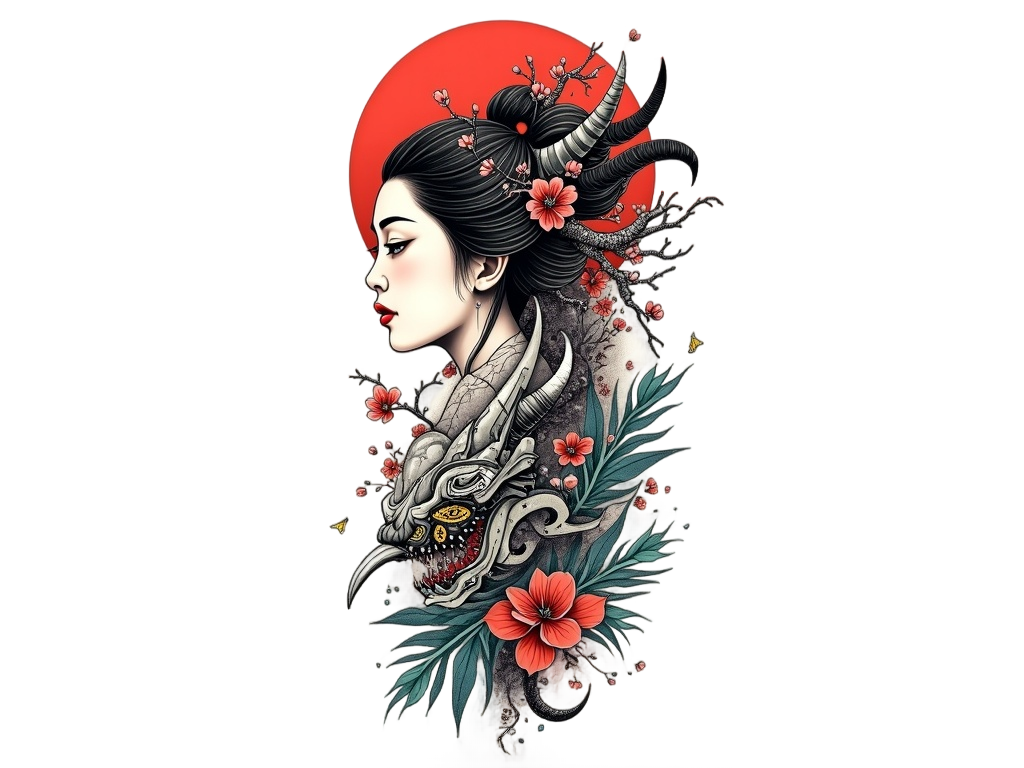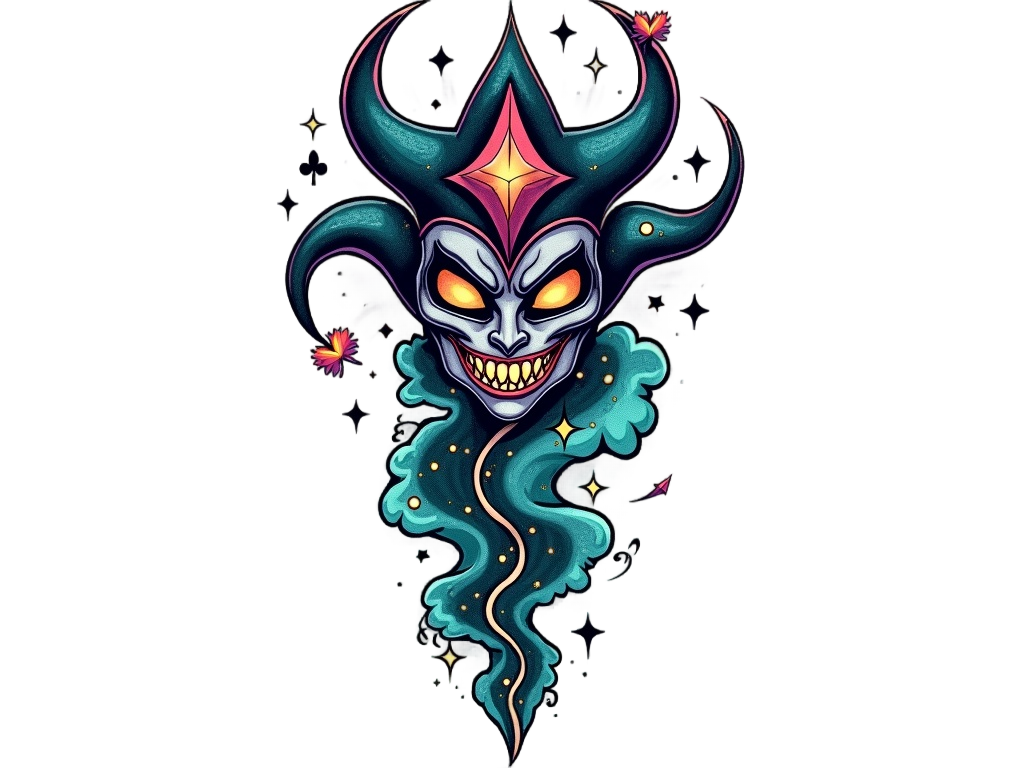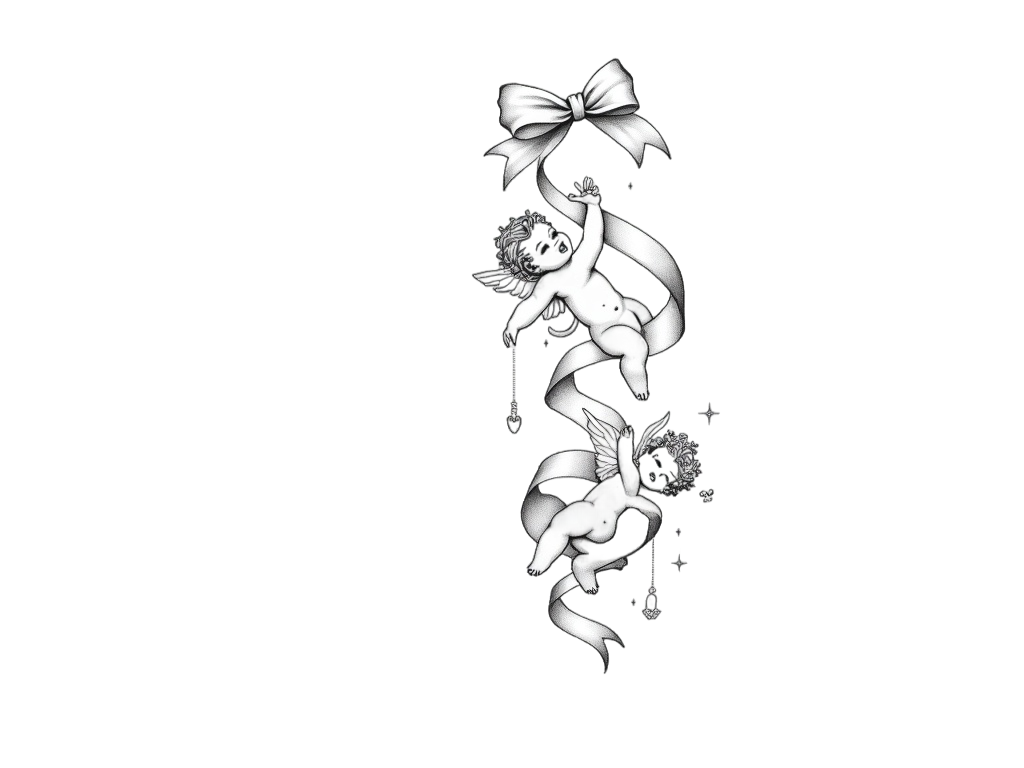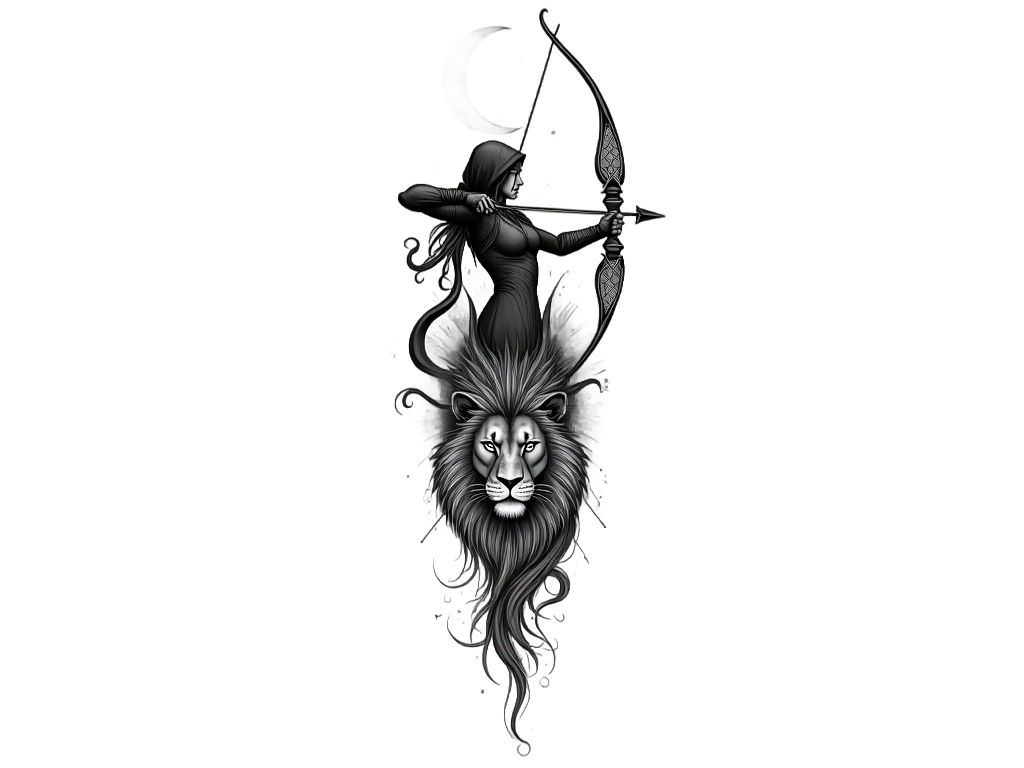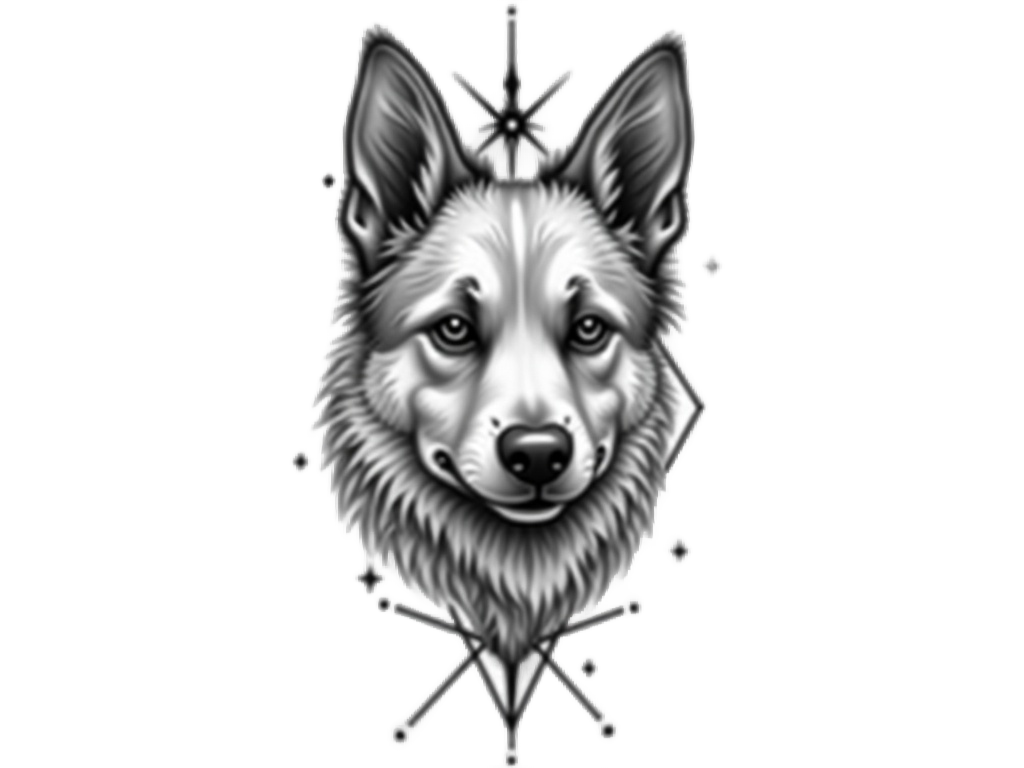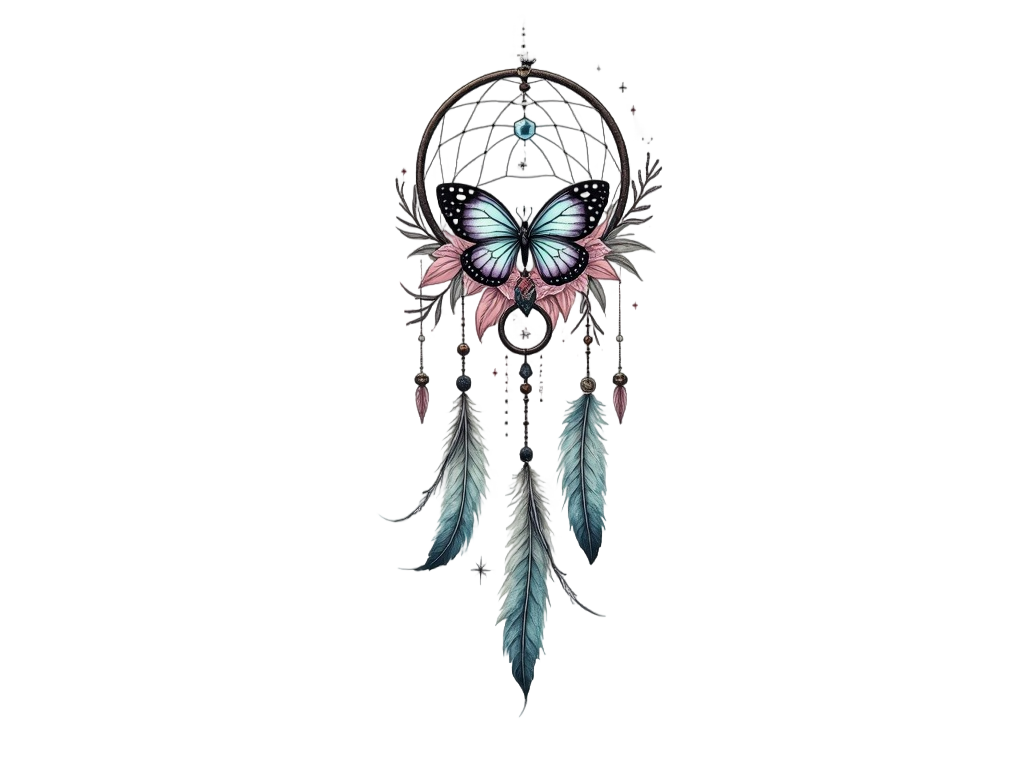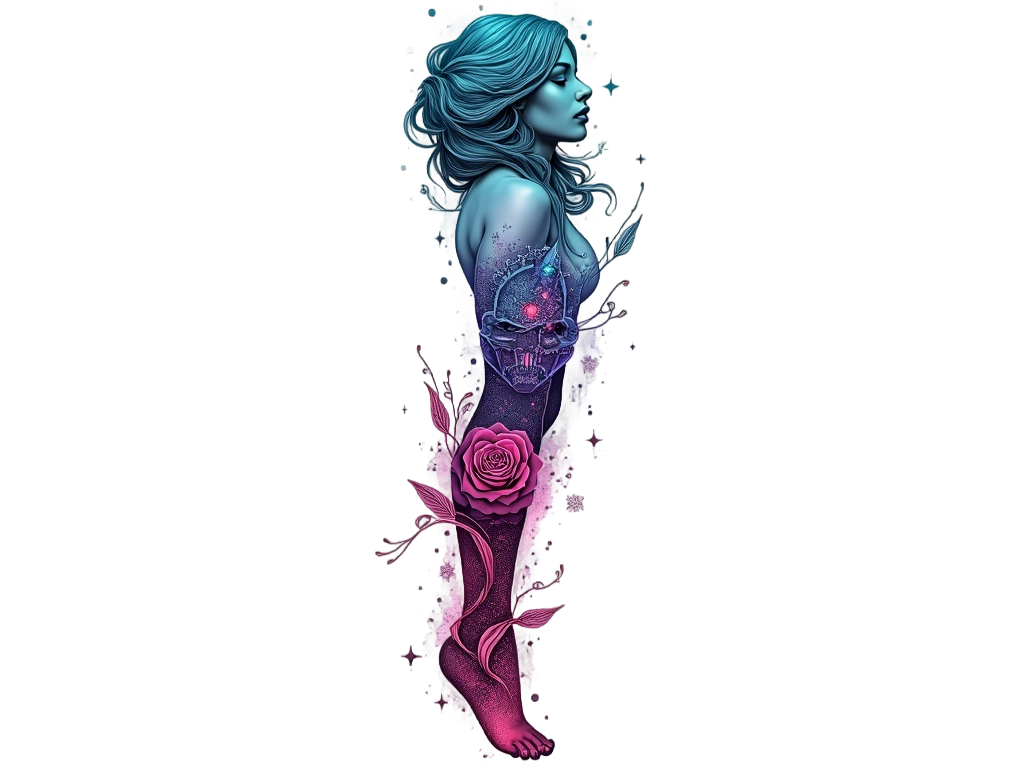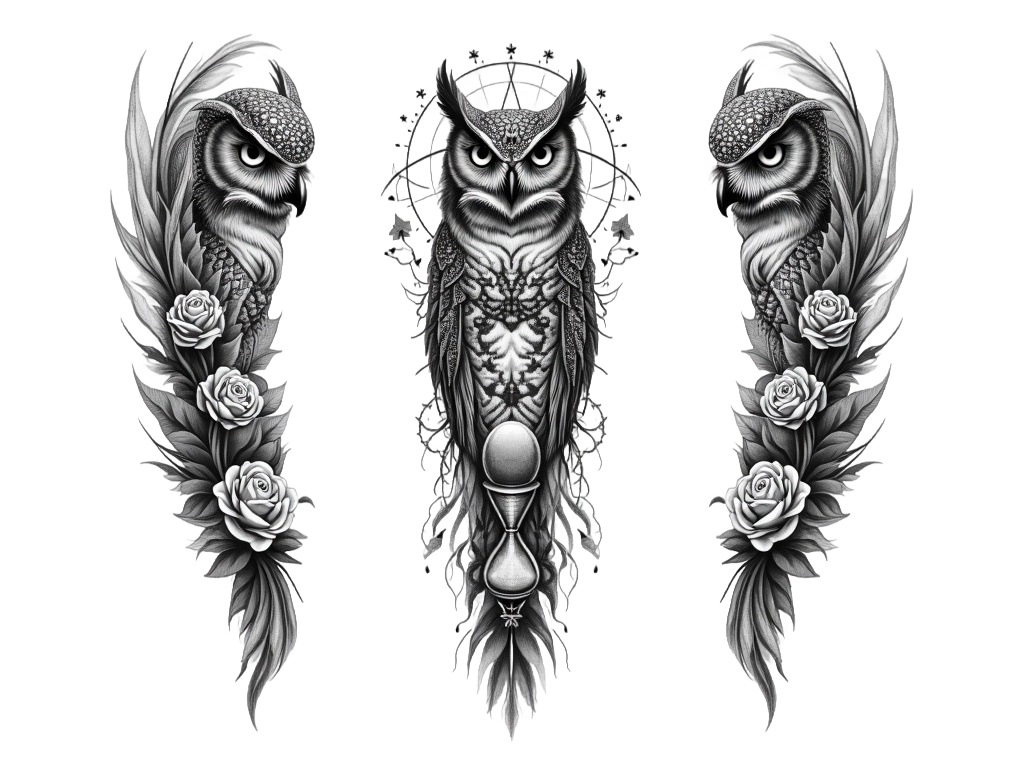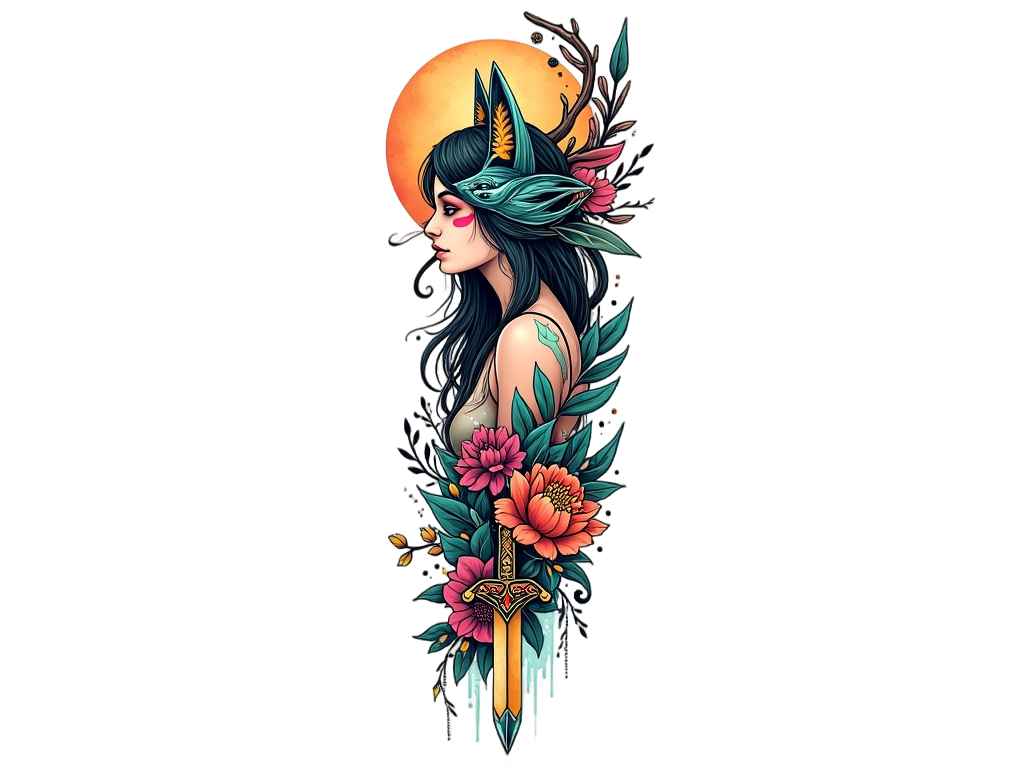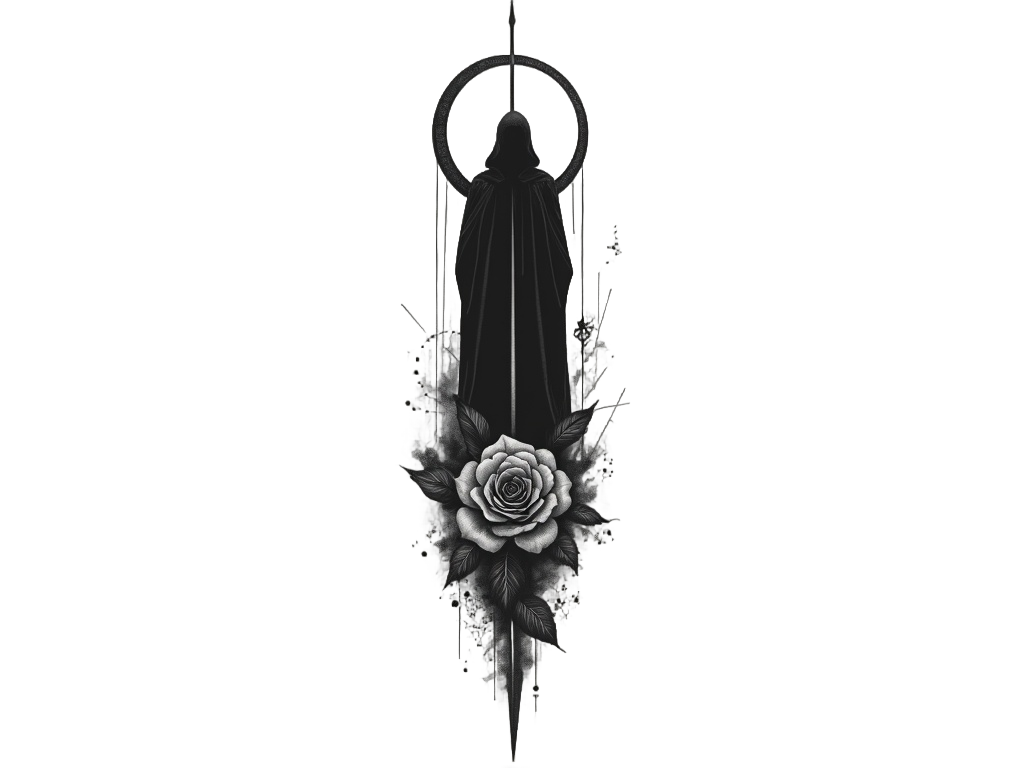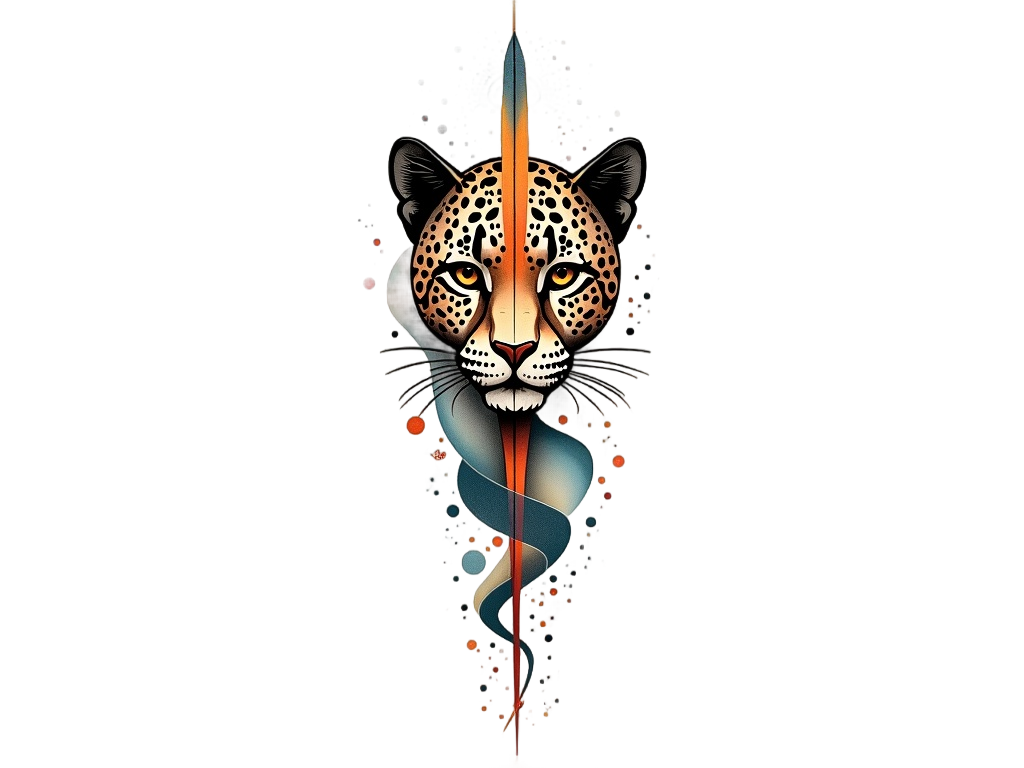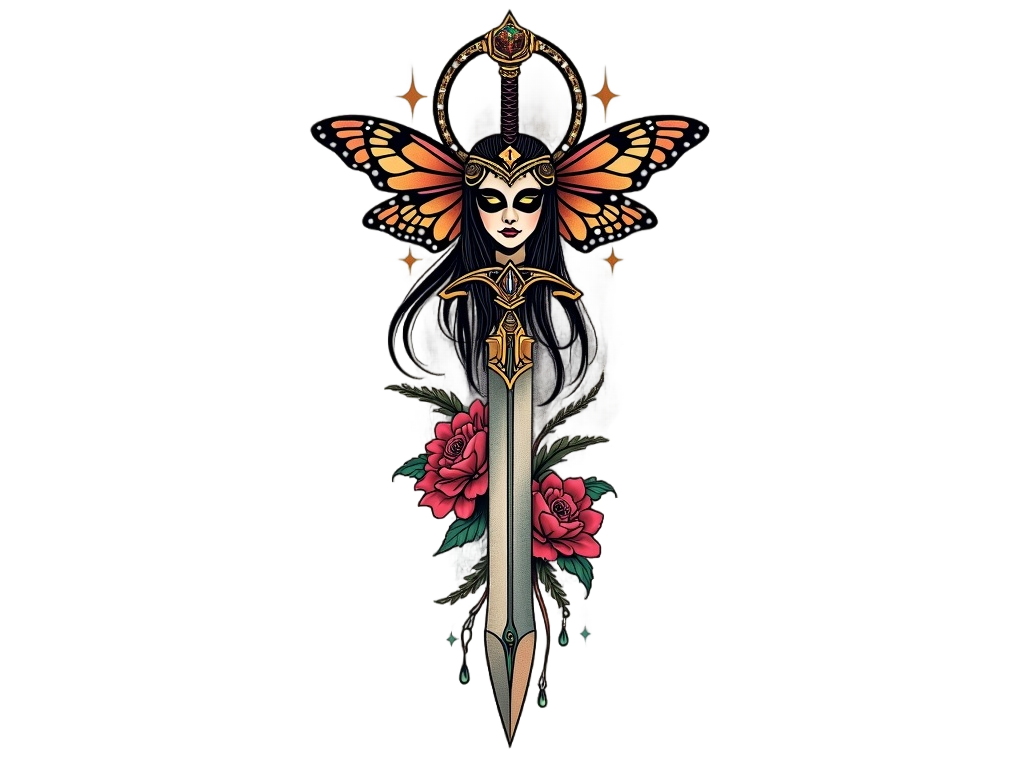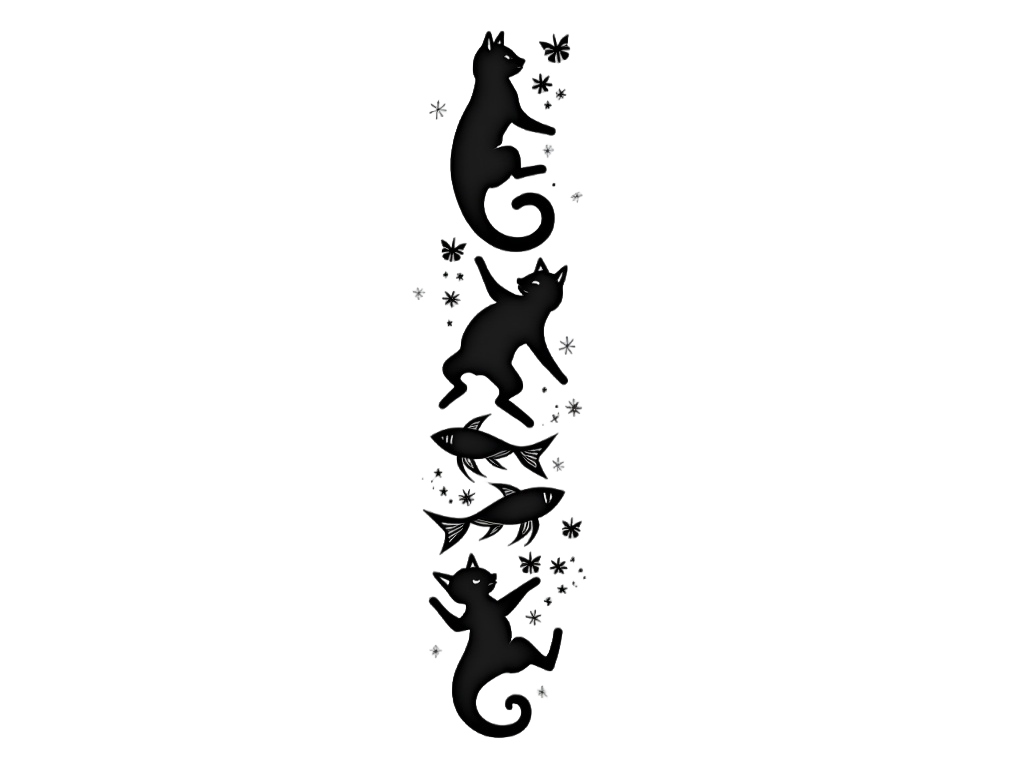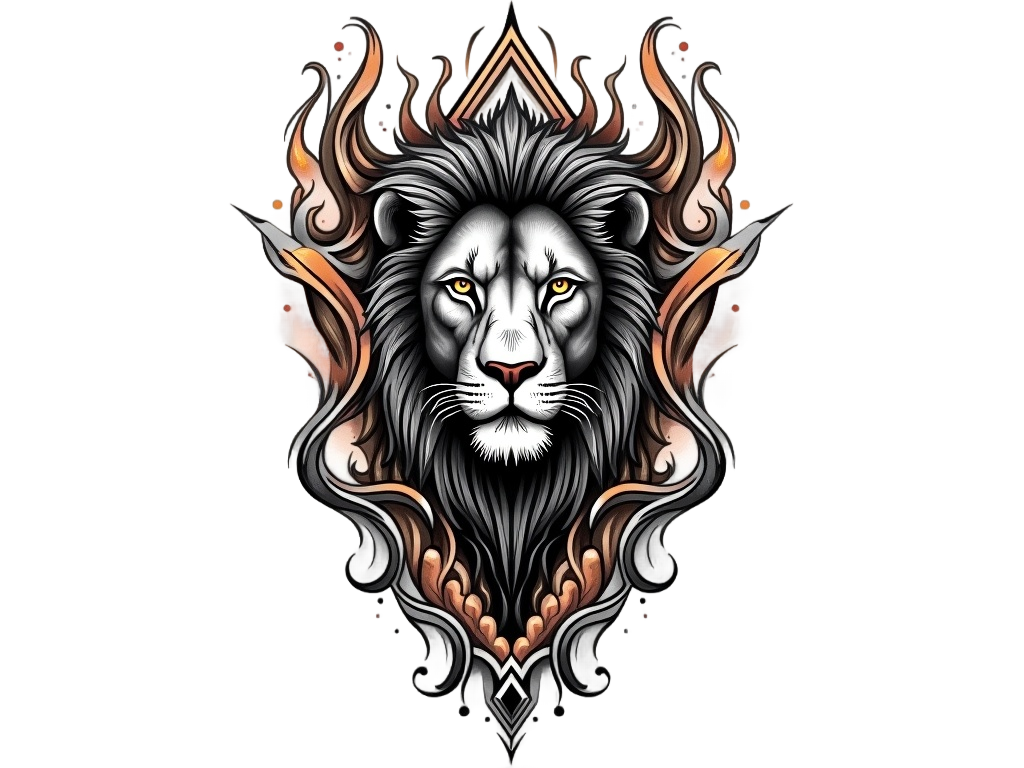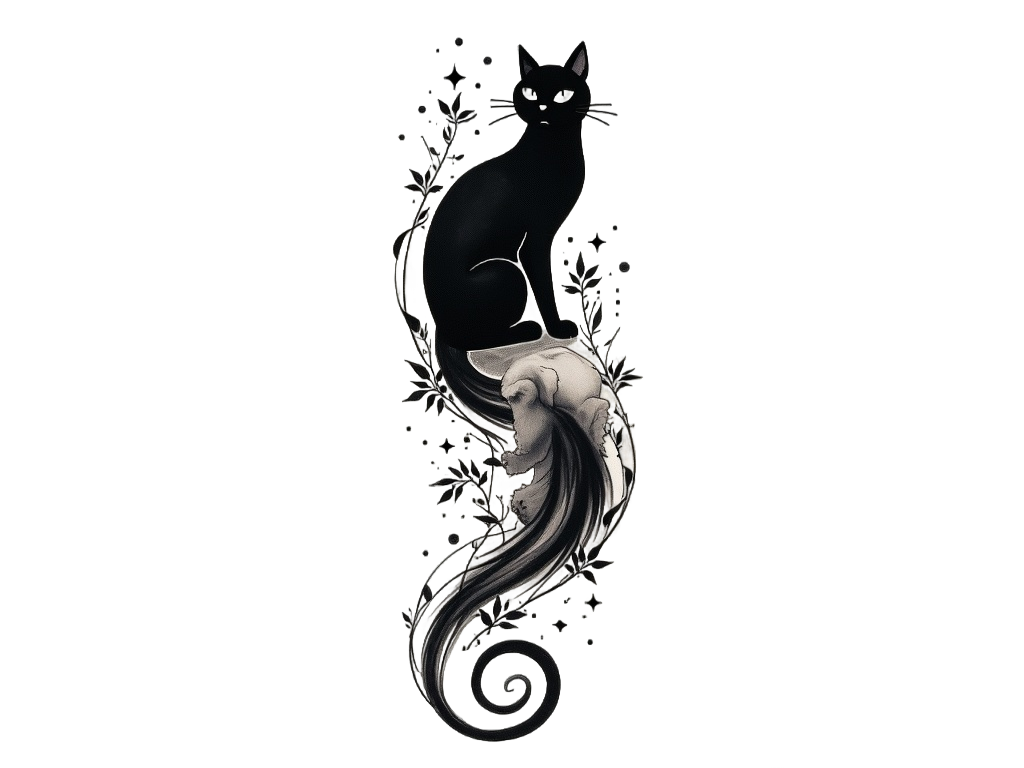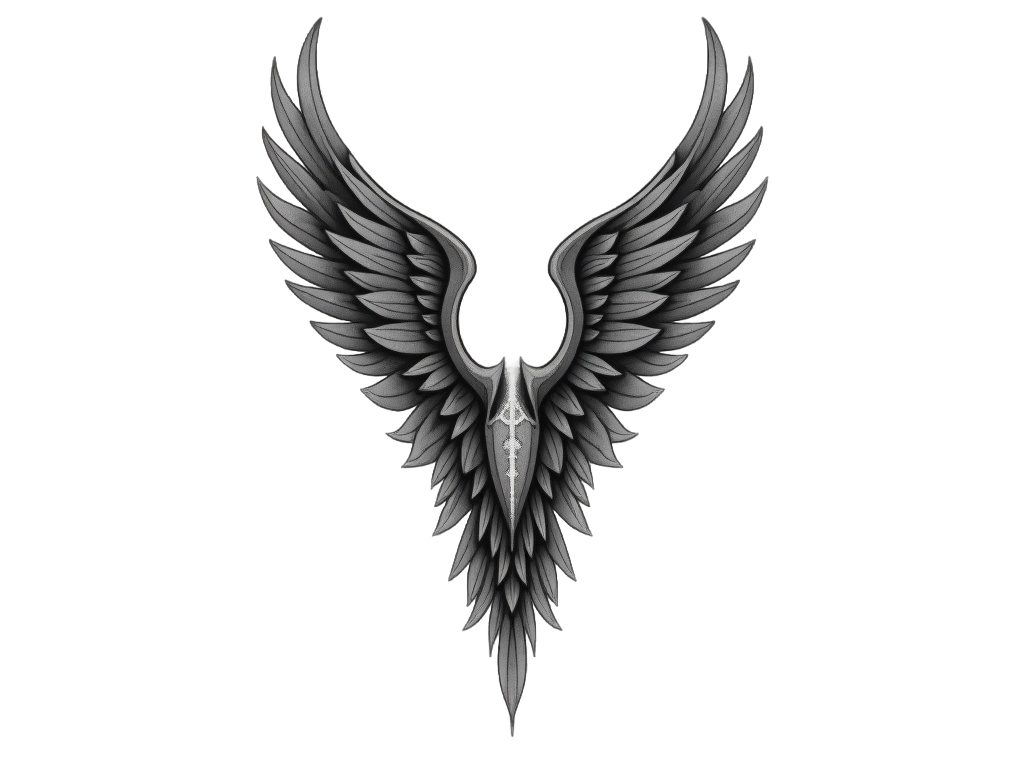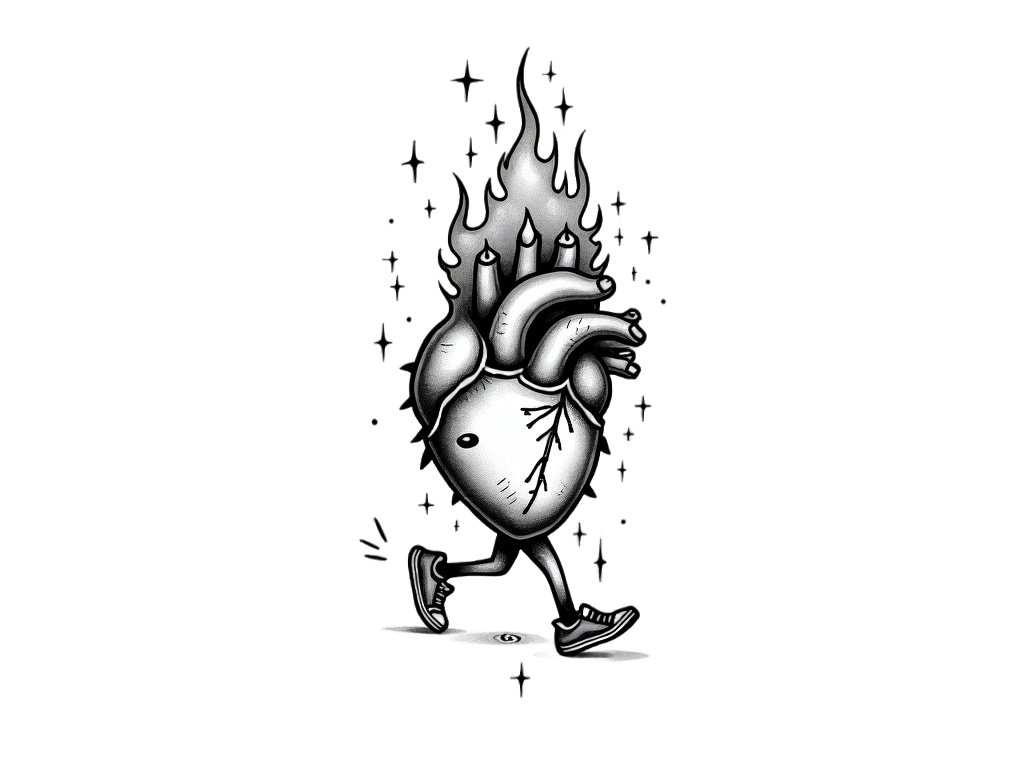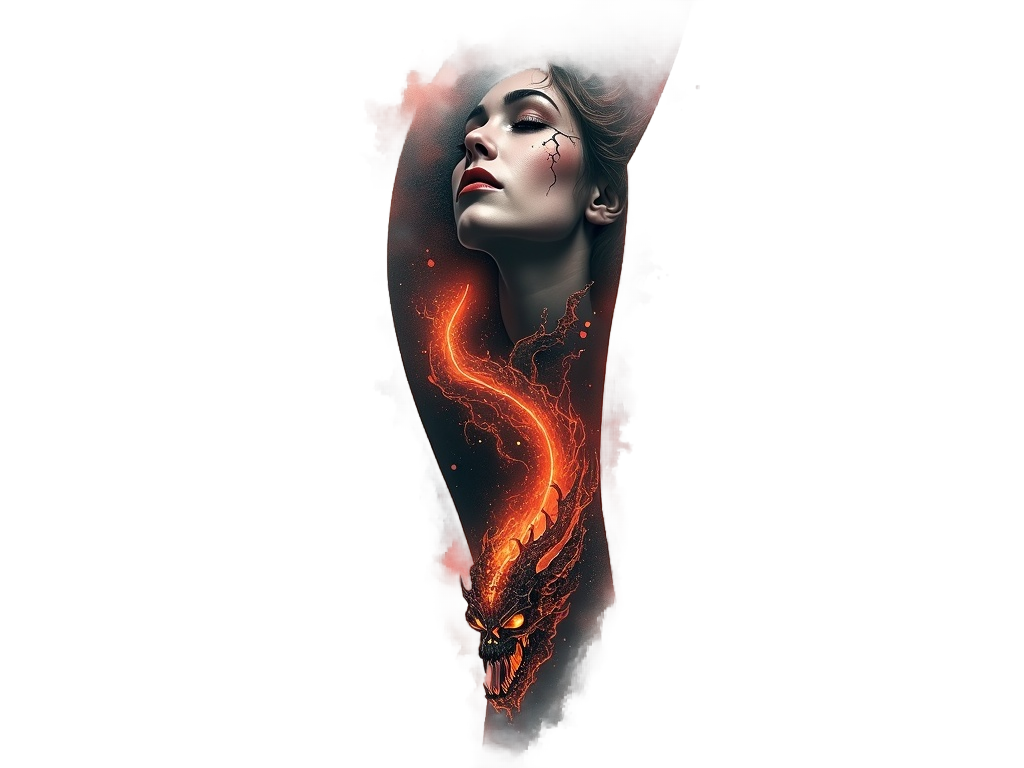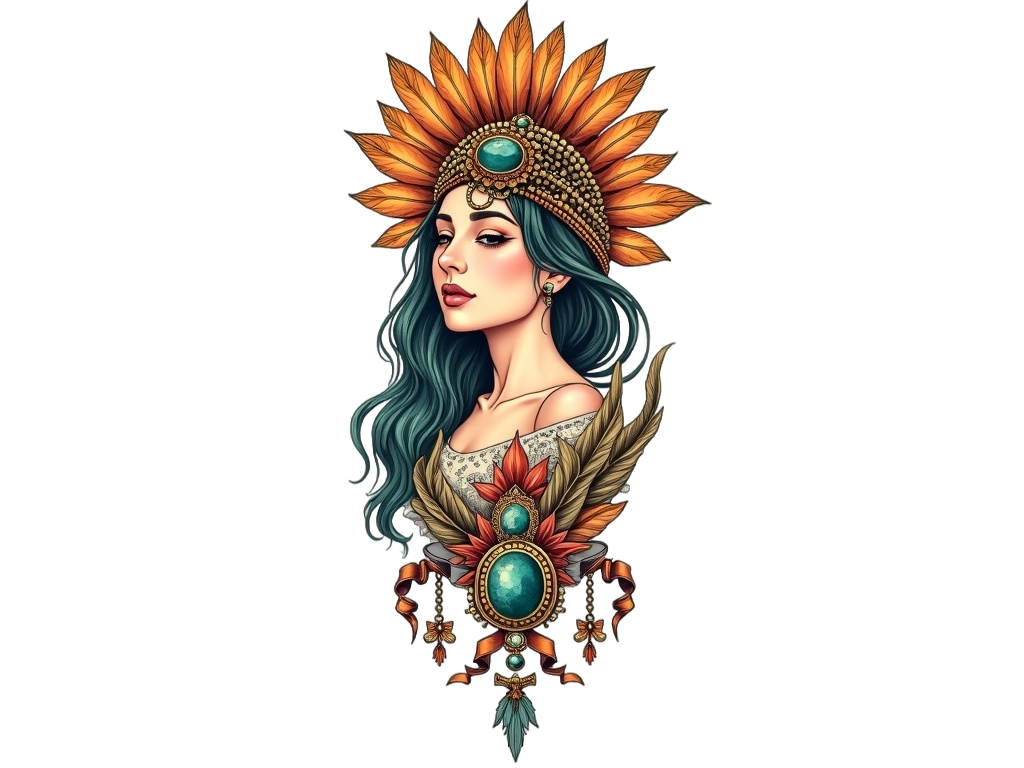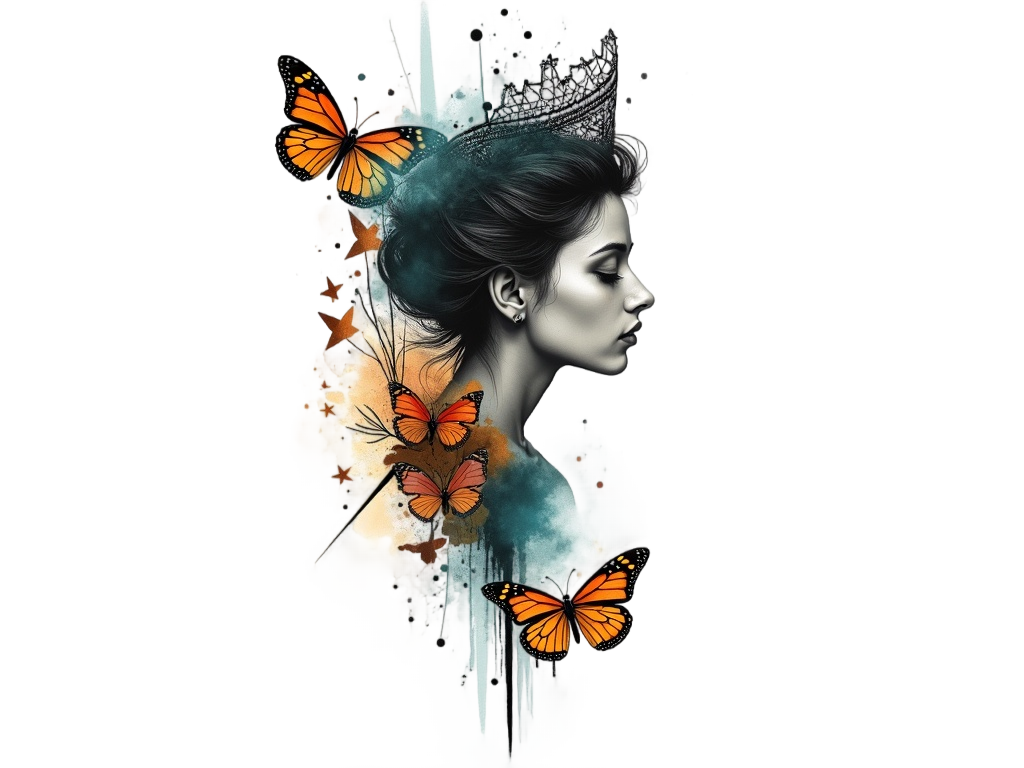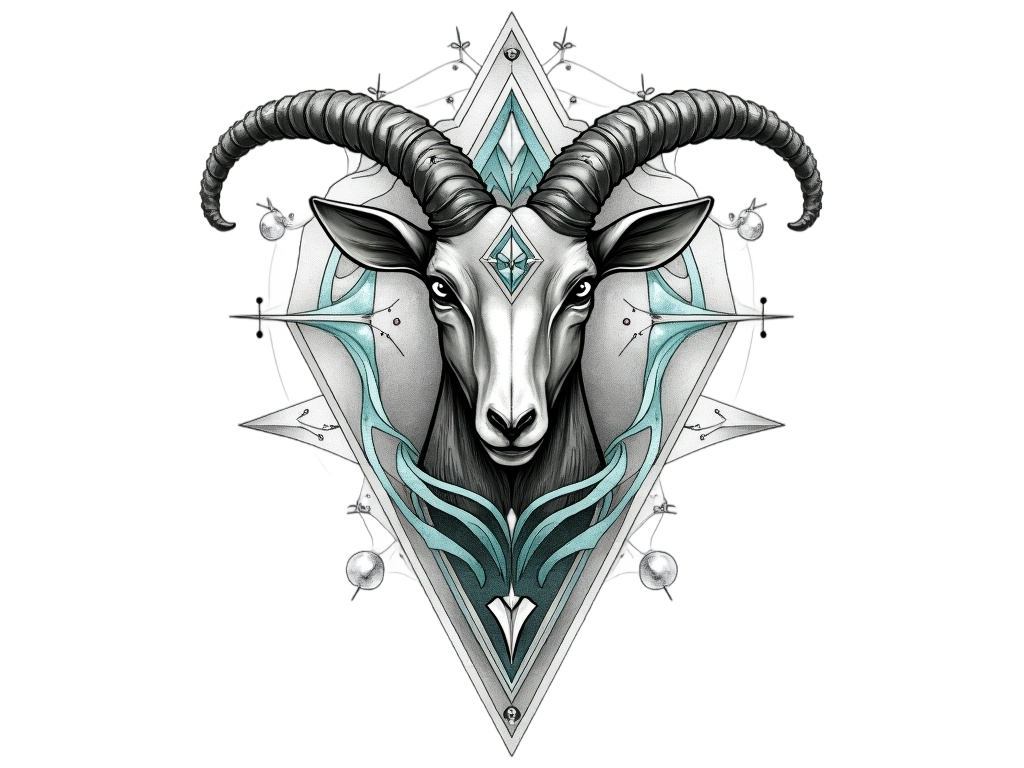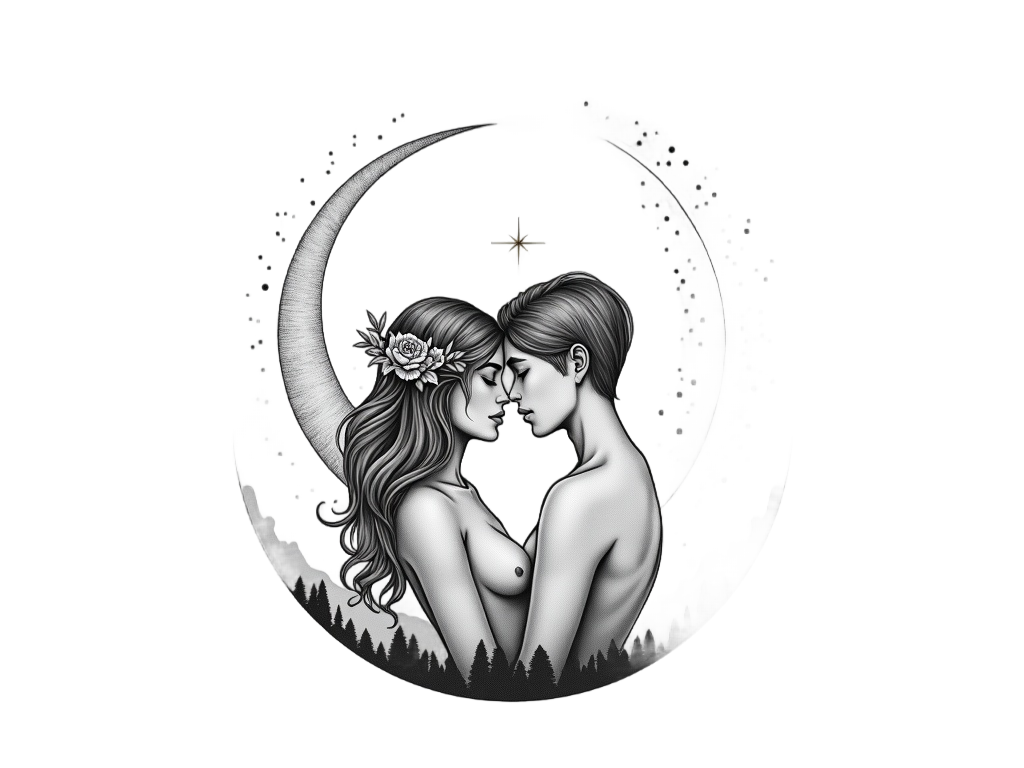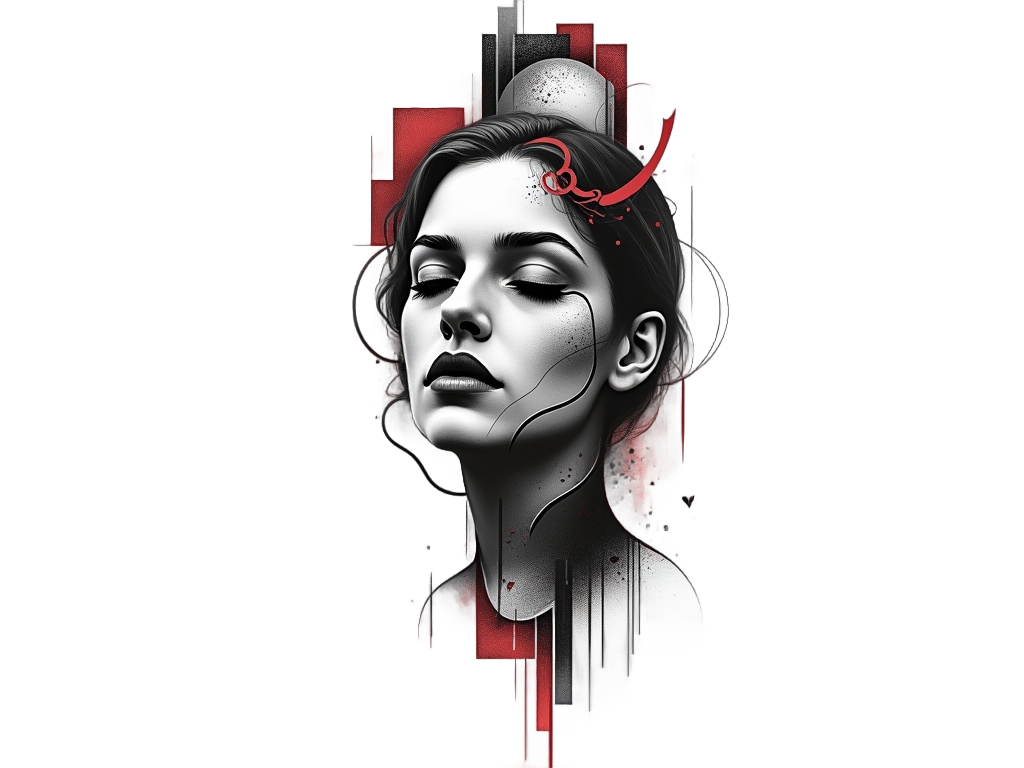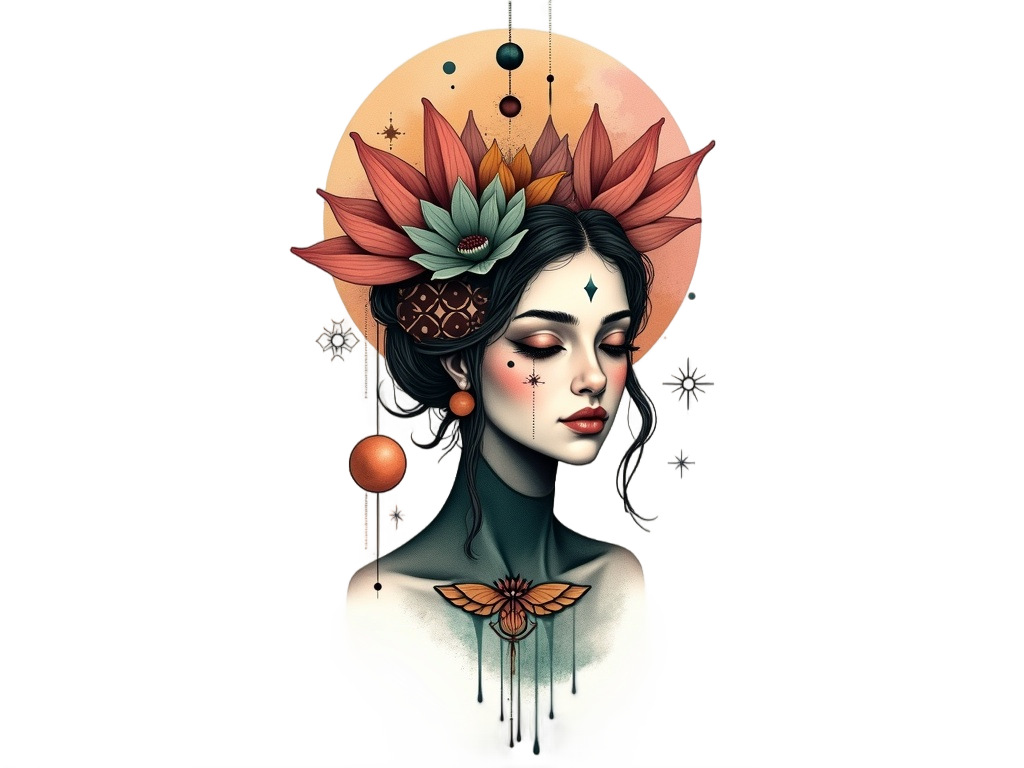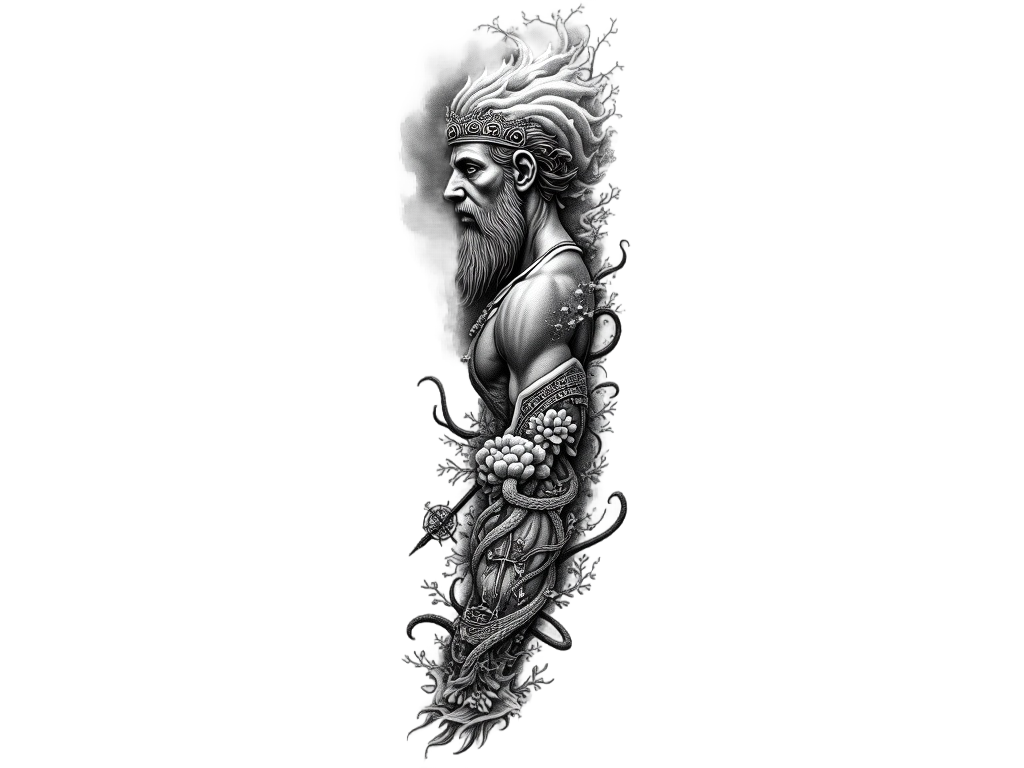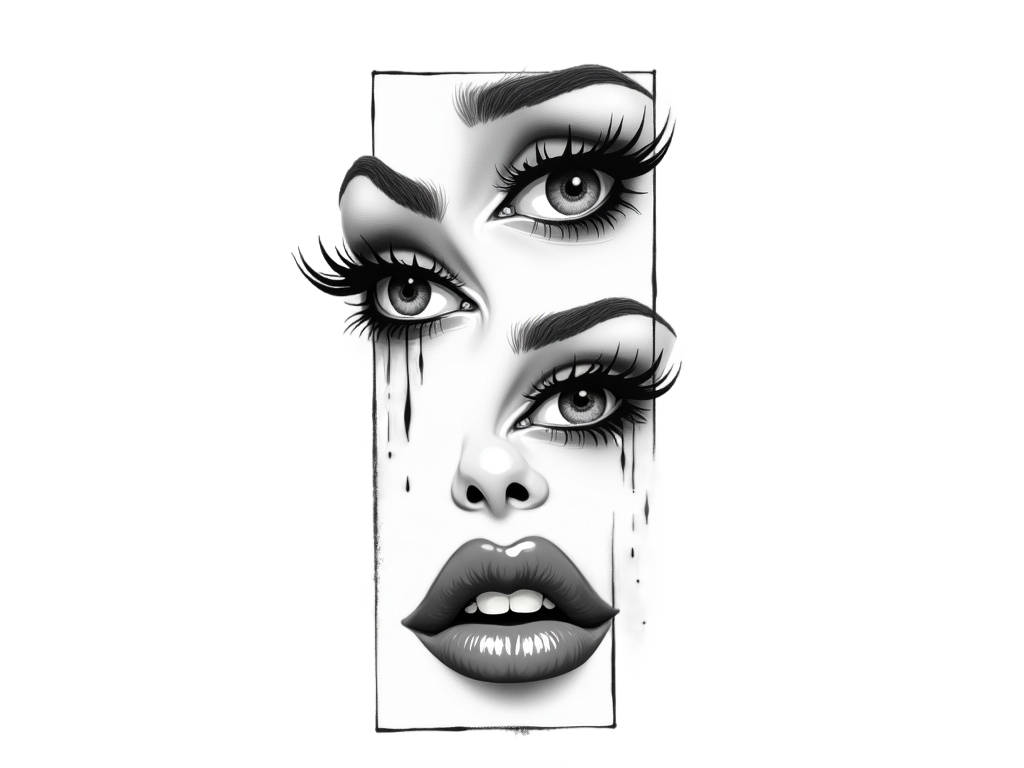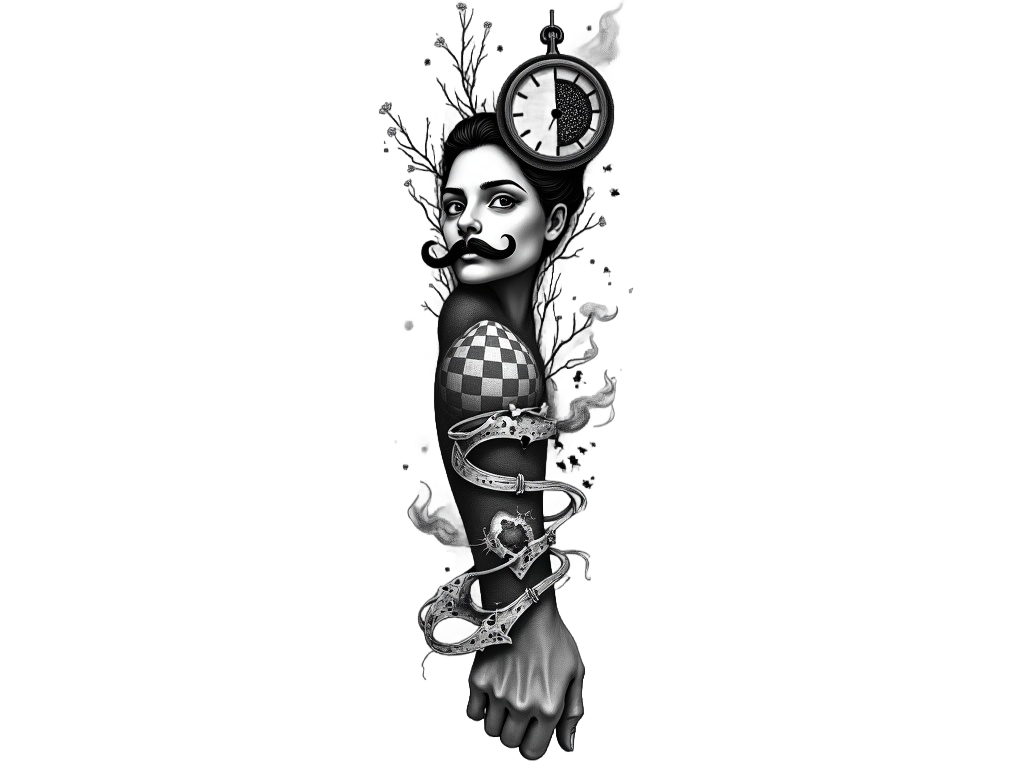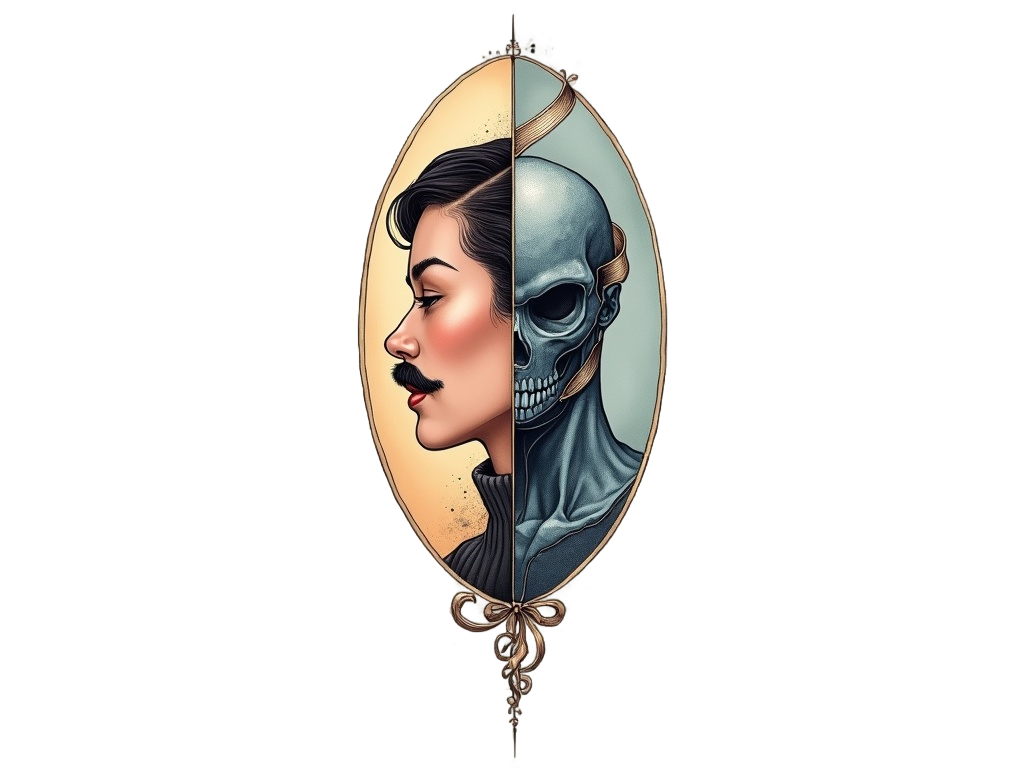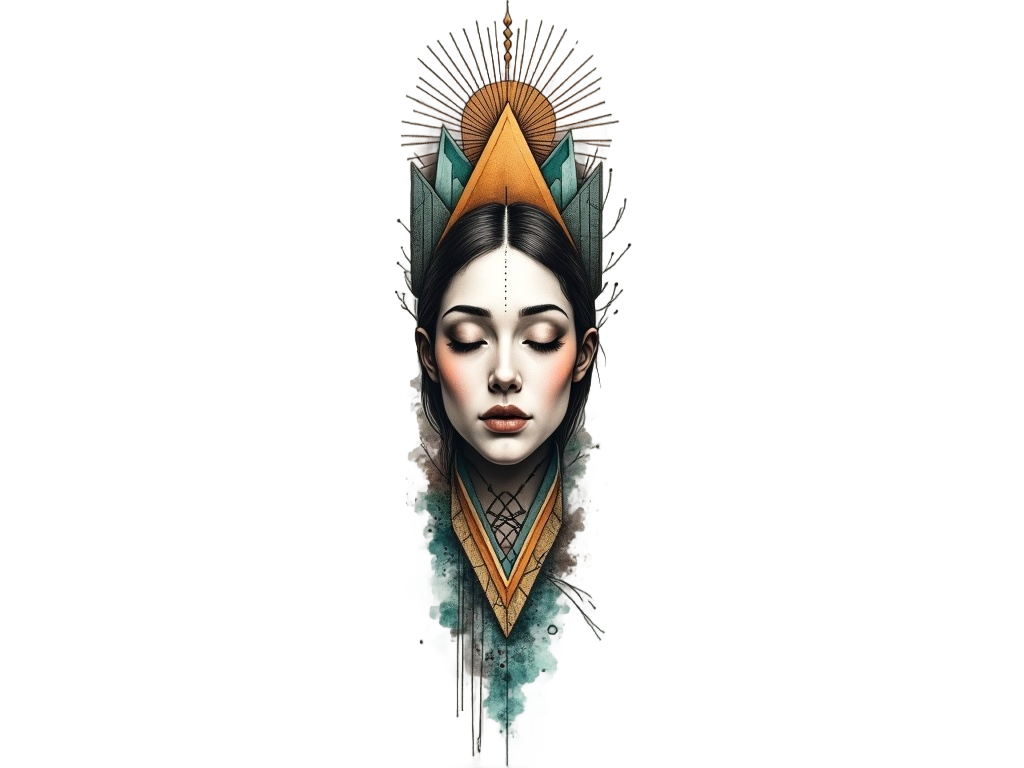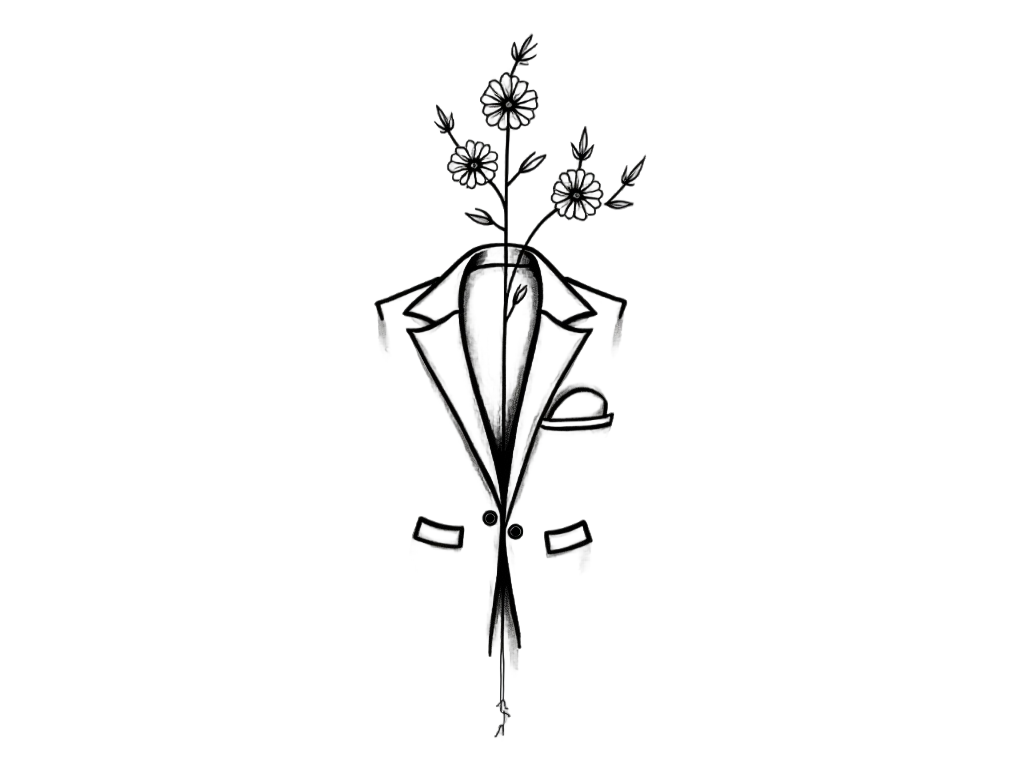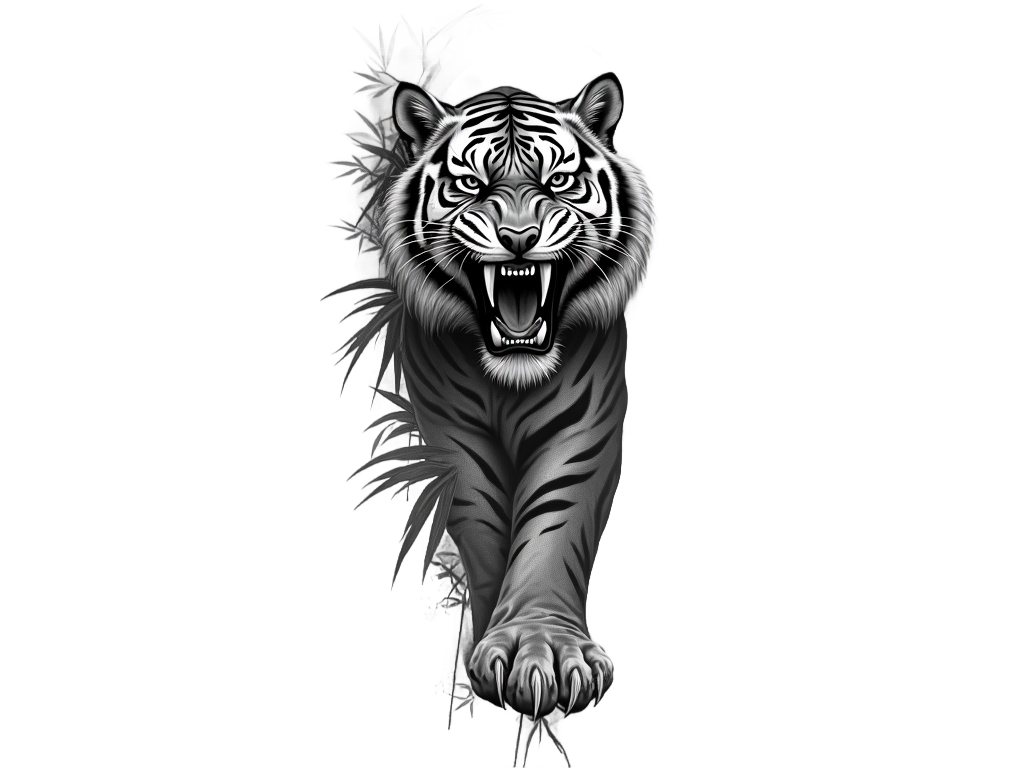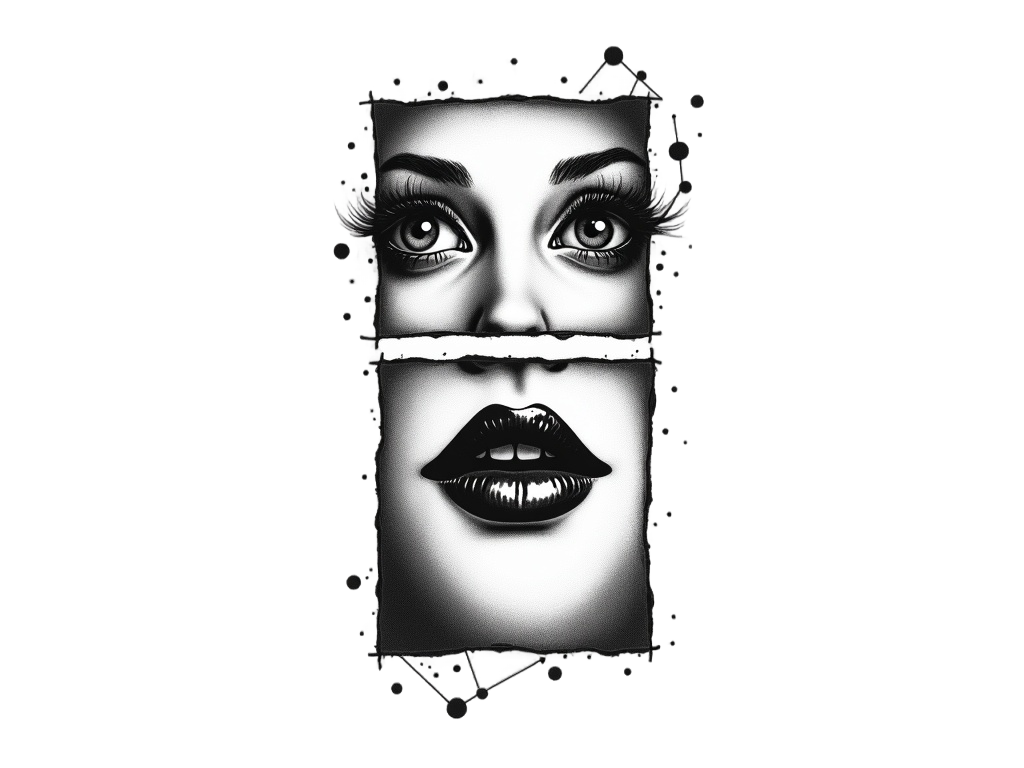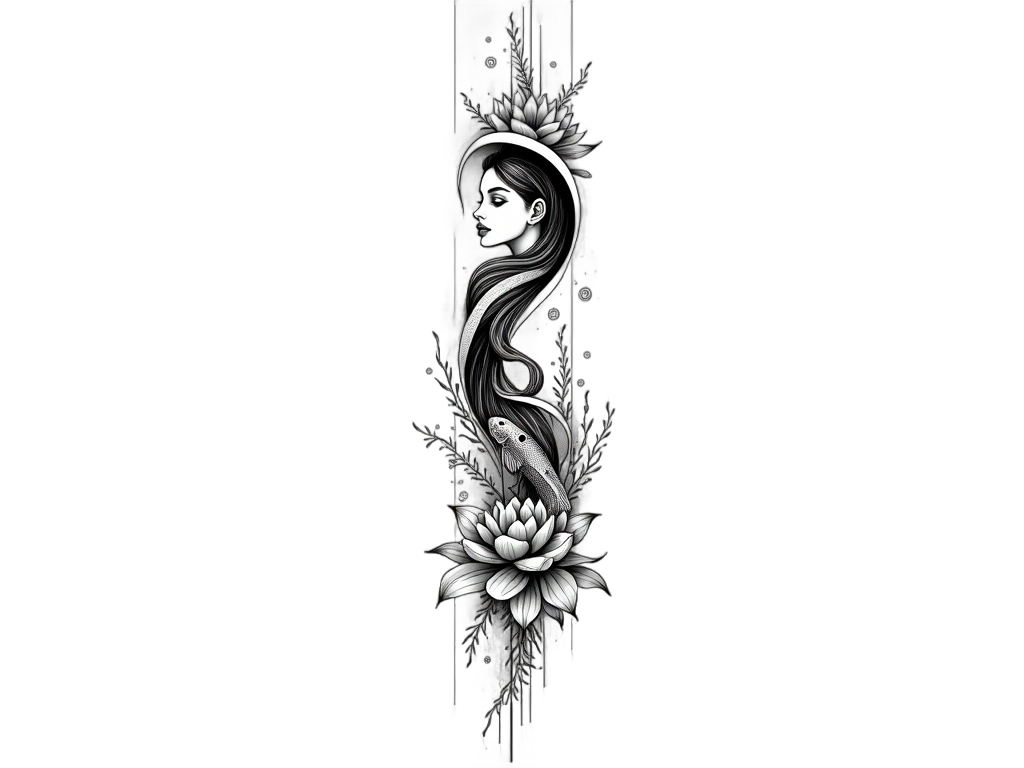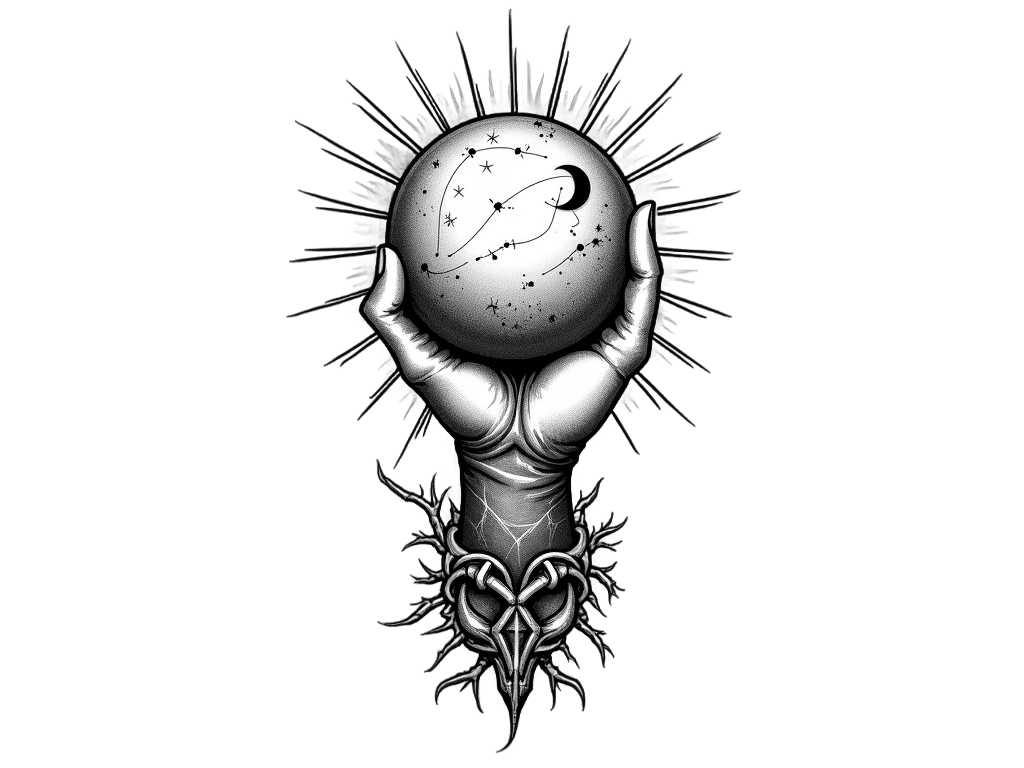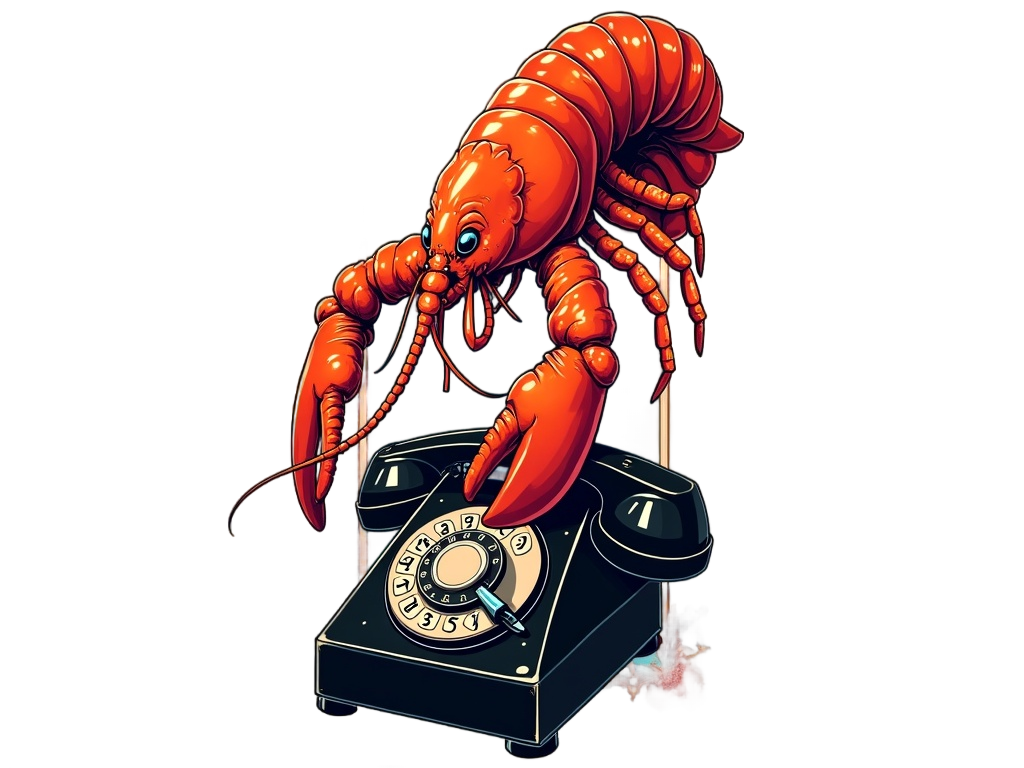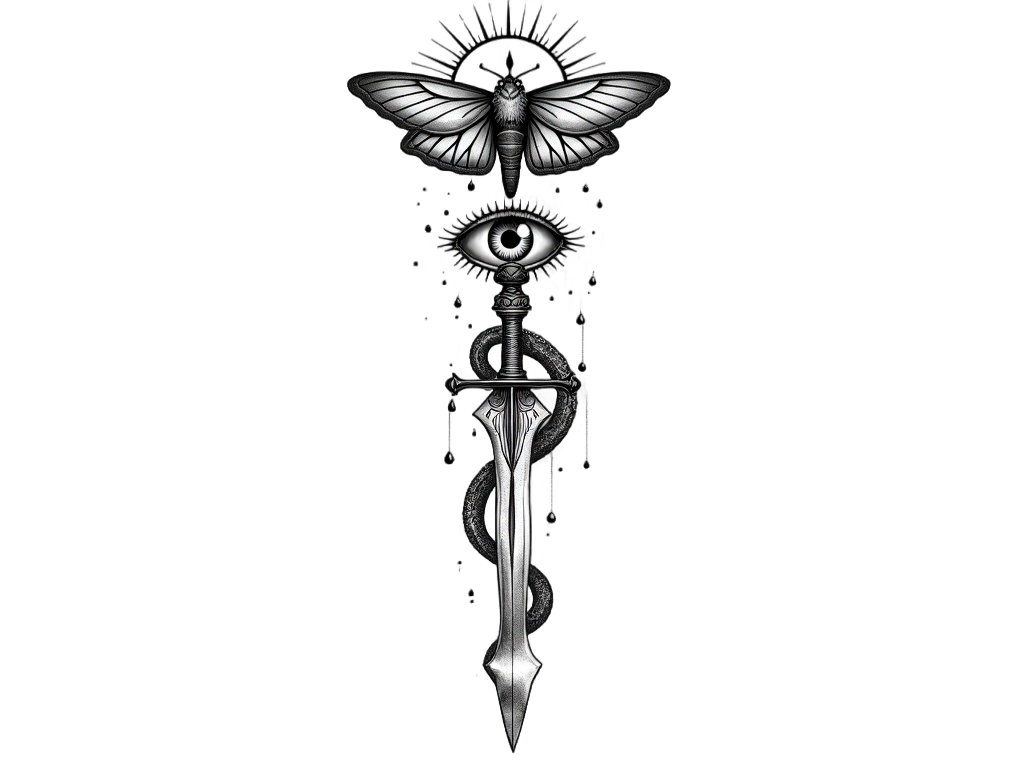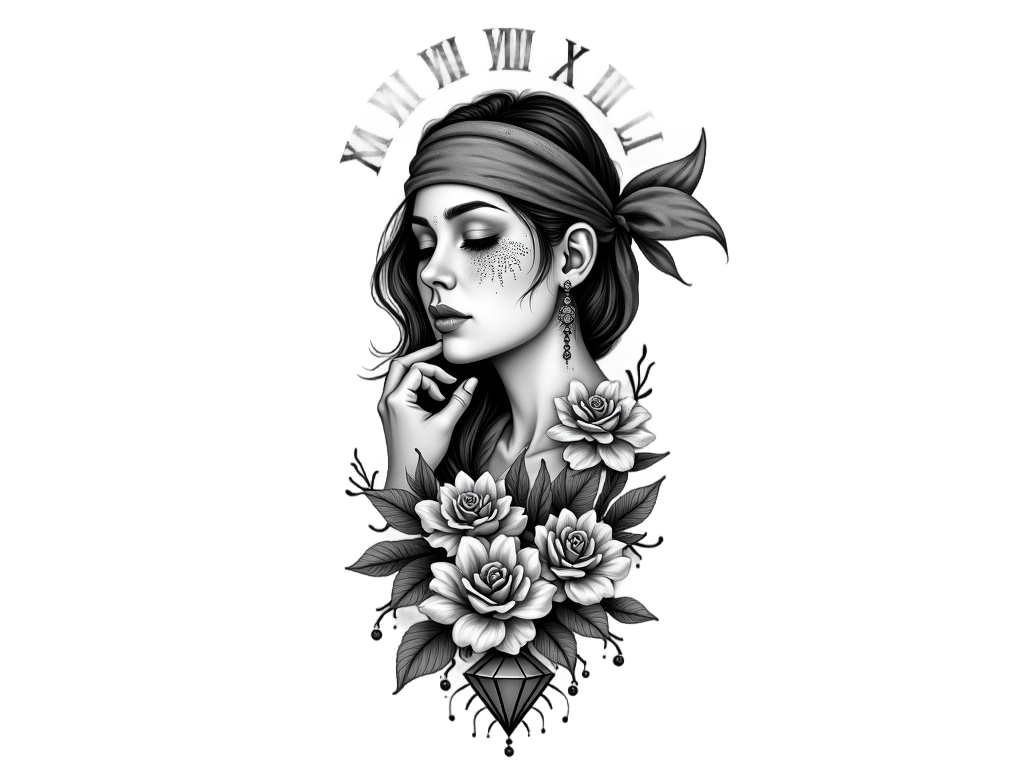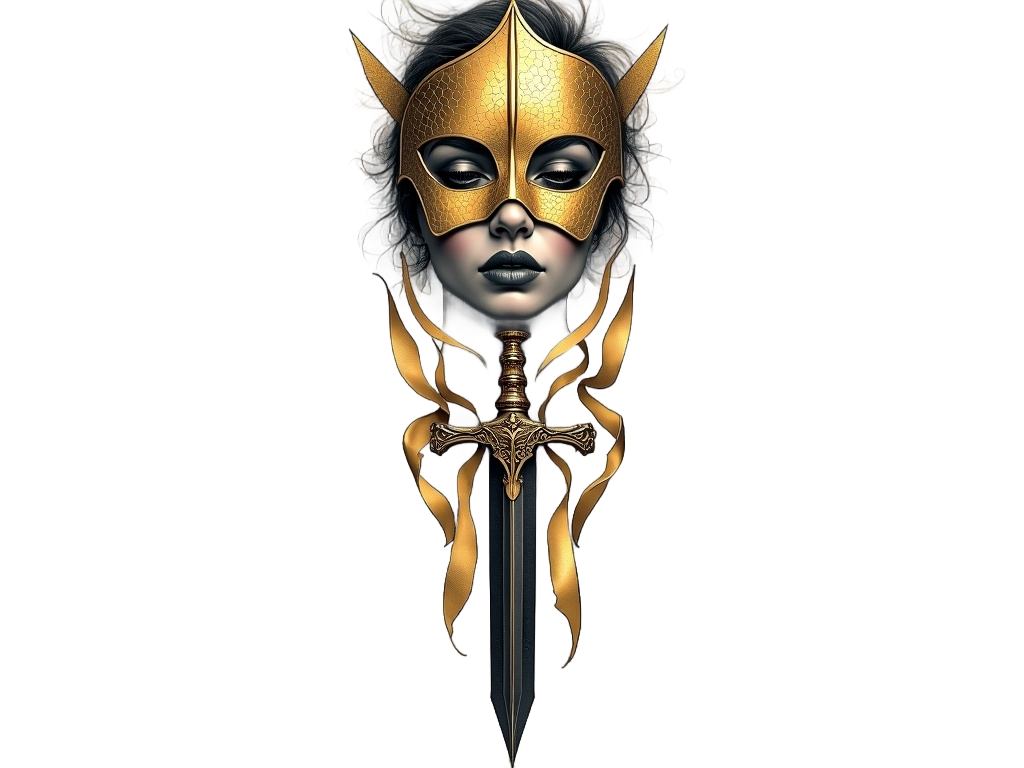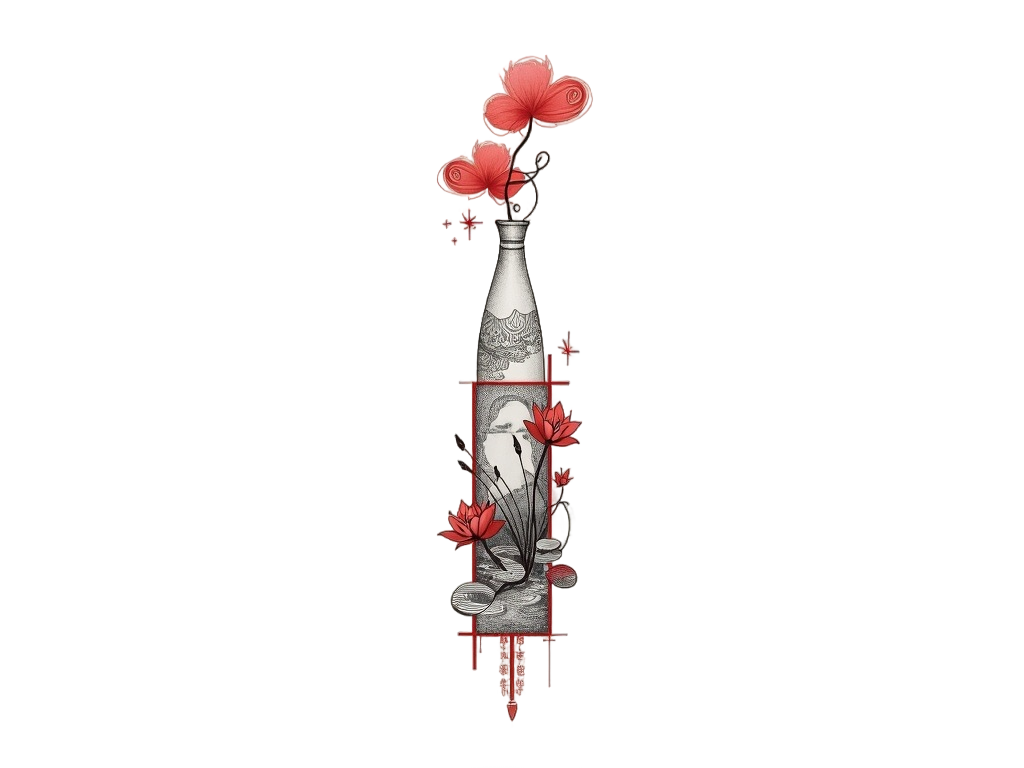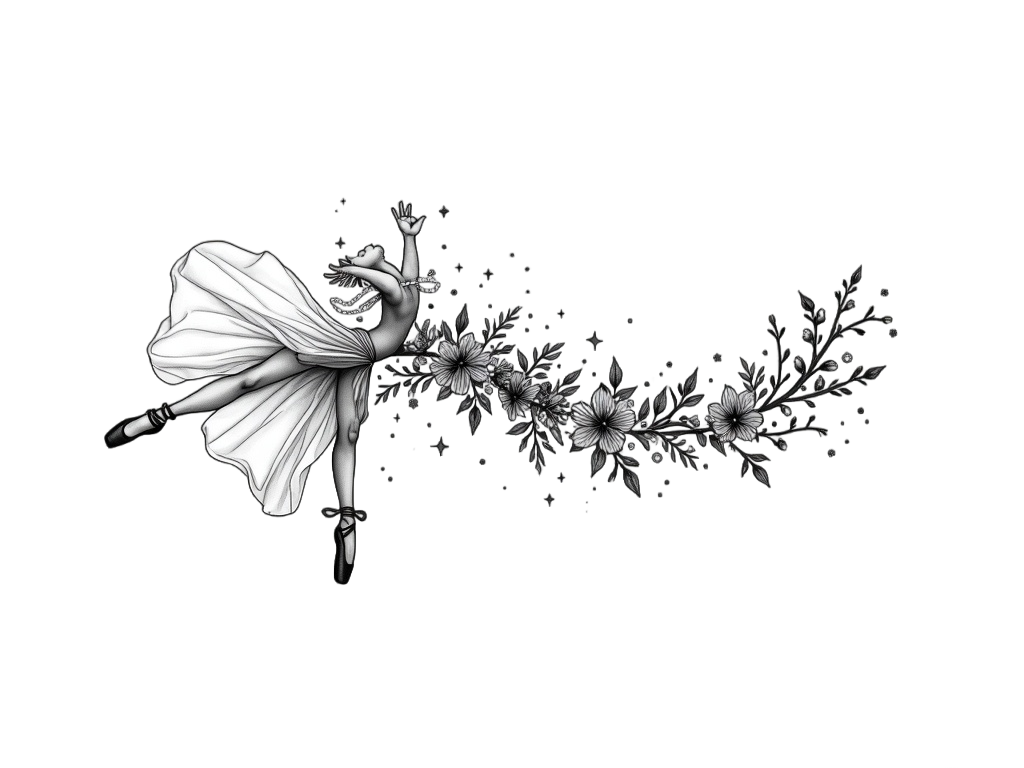Surrealism Tattoo Ideas
Meaning of Surrealism Tattoos
- Surrealism tattoos are inspired by the surrealism art movement, which began in the early 20th century.
- These tattoos often depict dream-like scenes, blending reality with fantasy in unexpected ways.
- Common themes include distorted figures, bizarre landscapes, and symbolic imagery.
- Surrealism tattoos can represent the subconscious mind, exploring themes of dreams, imagination, and the irrational.
- They are popular among individuals who appreciate art and wish to express their unique perspective on reality.
- Historically, surrealism challenged traditional perceptions of art, encouraging freedom of expression and creativity.
- Culturally, surrealism tattoos can symbolize a break from conventional norms and an embrace of individuality.
- These tattoos are not gender-specific and can be placed on any part of the body, though larger areas like the back or thigh are often chosen to accommodate intricate designs.
- The style is characterized by its use of vivid colors, intricate details, and often a blend of realism with abstract elements.
- Surrealism tattoos can also carry personal meanings, reflecting the wearer's inner thoughts, emotions, or experiences.
119 Tattoo Ideas
One App to Store All Your Tattoo Ideas
Store your tattoo ideas in one place and Virtual Try-On them on your body!

See Your Design On Your Body
With the virtual try-on feature, you can realistically see how any design looks on your body. Save screenshot and share with your tattoo artist!



Cultural Considerations and Taboos for Surrealism Tattoos
Surrealism tattoos, while generally accepted in many parts of the world, can sometimes touch on sensitive subjects due to their often abstract and provocative nature. It's important to be mindful of cultural symbols and religious imagery that might be considered disrespectful if used inappropriately. For instance, incorporating religious symbols in a surreal manner might be seen as offensive in some cultures. Additionally, surrealism's tendency to distort reality can sometimes be unsettling or misunderstood, leading to potential misinterpretations. It's crucial to consider the cultural context and personal significance of the imagery used in a surrealism tattoo to avoid inadvertently offending others.
Popular Tattoo Styles and Variations for Surrealism Tattoos
Surrealism tattoos can be executed in a variety of styles, each bringing a unique interpretation to the surrealist theme. Popular styles include photorealistic surrealism, where the tattoo mimics the appearance of a photograph but with surreal elements; abstract surrealism, which focuses on non-representational forms and shapes; and illustrative surrealism, which combines detailed line work with imaginative scenes. Variations can also include black and grey surrealism, which uses shading to create depth and contrast, or colorful surrealism, which employs vibrant hues to enhance the dream-like quality of the tattoo. Artists often blend surrealism with other styles, such as neo-traditional or watercolor, to create a personalized and unique piece.
Historical Origins and Evolution of Surrealism Tattoos
The surrealism art movement began in the 1920s, spearheaded by artists like Salvador Dalí, René Magritte, and Max Ernst. It was a reaction against the rationalism of the Enlightenment and sought to explore the unconscious mind through dream-like and fantastical imagery. Surrealism in tattoo art has gained popularity as people seek to express complex emotions and ideas that transcend the ordinary. The movement's historical significance lies in its challenge to traditional perceptions of reality and its influence on various art forms, including literature, film, and visual arts. Surrealism tattoos continue this legacy by pushing the boundaries of creativity and encouraging viewers to question their perceptions.
